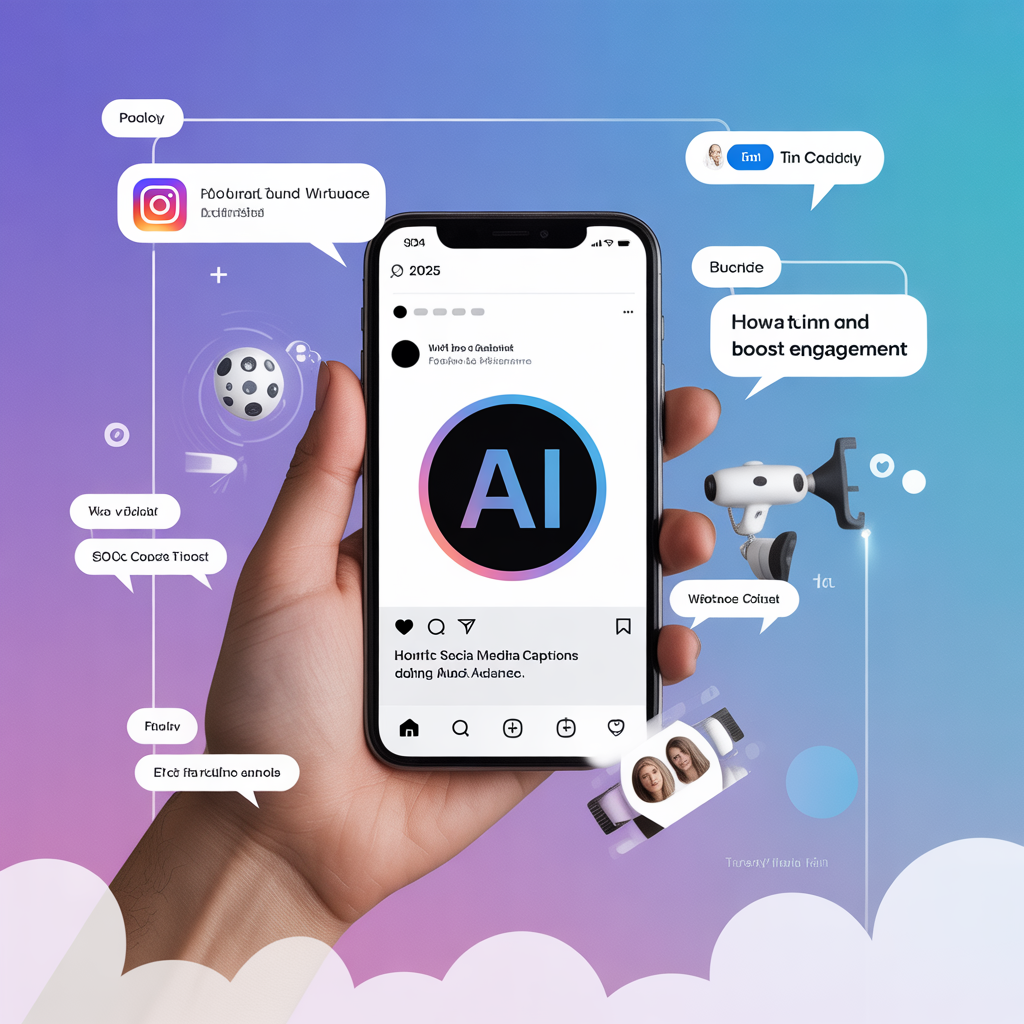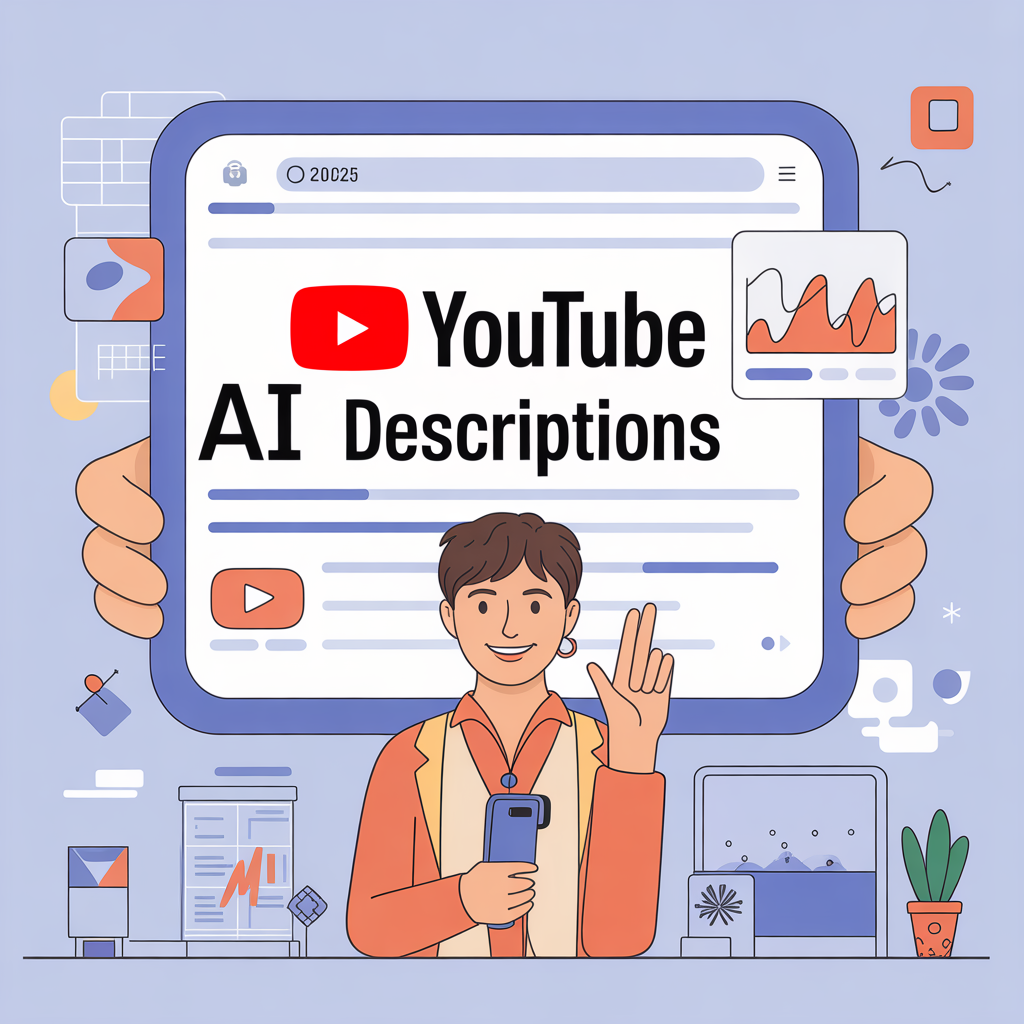The rise of AI-powered writing tools has completely transformed how content is created today. Businesses, bloggers, and marketers can now produce engaging, SEO-rich content in a fraction of the time it used to take.
Among all tools, ChatGPT stands out as a reliable and intelligent assistant for generating blogs, captions, product descriptions, and more.
In this blog, you’ll learn how to use AI tools like ChatGPT effectively to create content that ranks, engages, and converts — while keeping your brand’s unique voice intact.
🤖 What is ChatGPT and Why It’s a Game-Changer for Content Creators
ChatGPT is an advanced AI language model that understands context, tone, and intent — allowing you to produce creative, clear, and audience-focused content in minutes.
It helps with:
- Blog writing and editing
- SEO keyword integration
- Brainstorming new topics
- Writing ad copies, captions, and emails
- Translating and localizing content
💬 Example:
“Write a 1000-word SEO blog about sustainable sportswear with headings, meta description, and tags.”
Within seconds, ChatGPT can generate a polished draft — saving you hours of effort.
⚙️ Step-by-Step: How to Use ChatGPT for Content Creation
Step 1: Define Your Goal
Before you start, be clear about your goal:
- Blog post for SEO
- Product description for eCommerce
- Caption for Instagram
- Email for lead generation
Example prompt:
“Write a friendly Instagram caption promoting eco-friendly gym wear for athletes.”
Step 2: Provide Context
The more details you give, the better the results.
Include your target audience, tone, keywords, and content length.
Example:
“Write a 600-word blog post targeting fitness enthusiasts about how to choose sustainable workout clothes. Use an informative tone and include the keywords ‘eco-friendly sportswear’ and ‘recycled fabrics.’”
Step 3: Edit and Humanize
AI is fast — but it still needs your personal touch.
Review and adjust:
- Add brand tone or emotional storytelling
- Fix factual details
- Adjust formatting for readability
💡 Pro Tip: Use tools like Grammarly and Hemingway Editor to polish AI drafts for grammar and flow.
Step 4: Optimize for SEO
Even great writing needs SEO to perform.
Add:
- Primary keyword in title, intro, and conclusion
- Secondary keywords in subheadings
- Meta description (under 160 characters)
- Internal & external links
- Alt text for images
Use AI tools like SurferSEO, NeuronWriter, or Yoast SEO for optimization.
Step 5: Repurpose Your AI Content
Don’t stop at one format. Turn your blog into:
- A LinkedIn post
- A short YouTube video script
- A tweet thread
- A newsletter paragraph
💬 Example:
A 1000-word blog about “AI in content marketing” can become 5 short social posts + 1 video script.
🧰 Best AI Tools for Content Generation
| Tool | Purpose | Best For |
|---|---|---|
| ChatGPT (OpenAI) | Writing, ideation, research | Blogs, emails, captions |
| Jasper.ai | Marketing copywriting | Ads, landing pages |
| Copy.ai | Short-form content | Product descriptions |
| Writesonic | SEO content automation | Blogs & website content |
| Canva Magic Write | Design + text | Social media visuals |
🧭 Tips for Better AI-Generated Content
✅ Use “tone of voice” in your prompt (friendly, professional, persuasive)
✅ Always add your own examples, stats, or brand data
✅ Keep your paragraphs short and conversational
✅ Fact-check everything — AI may generate outdated data
✅ Add visuals to support the text
🌍 The Future of AI in Content Creation
By 2026, AI will handle over 70% of online content creation, according to marketing research.
But brands that blend AI efficiency with human creativity will dominate the digital world — producing more personalized, consistent, and high-performing content.
🏁 Conclusion
AI tools like ChatGPT are not here to replace content creators — they’re here to empower them.
By learning how to structure prompts, optimize SEO, and add your creative edge, you can produce professional-quality content faster than ever.
Start using AI today — and let it multiply your productivity, creativity, and online visibility.

